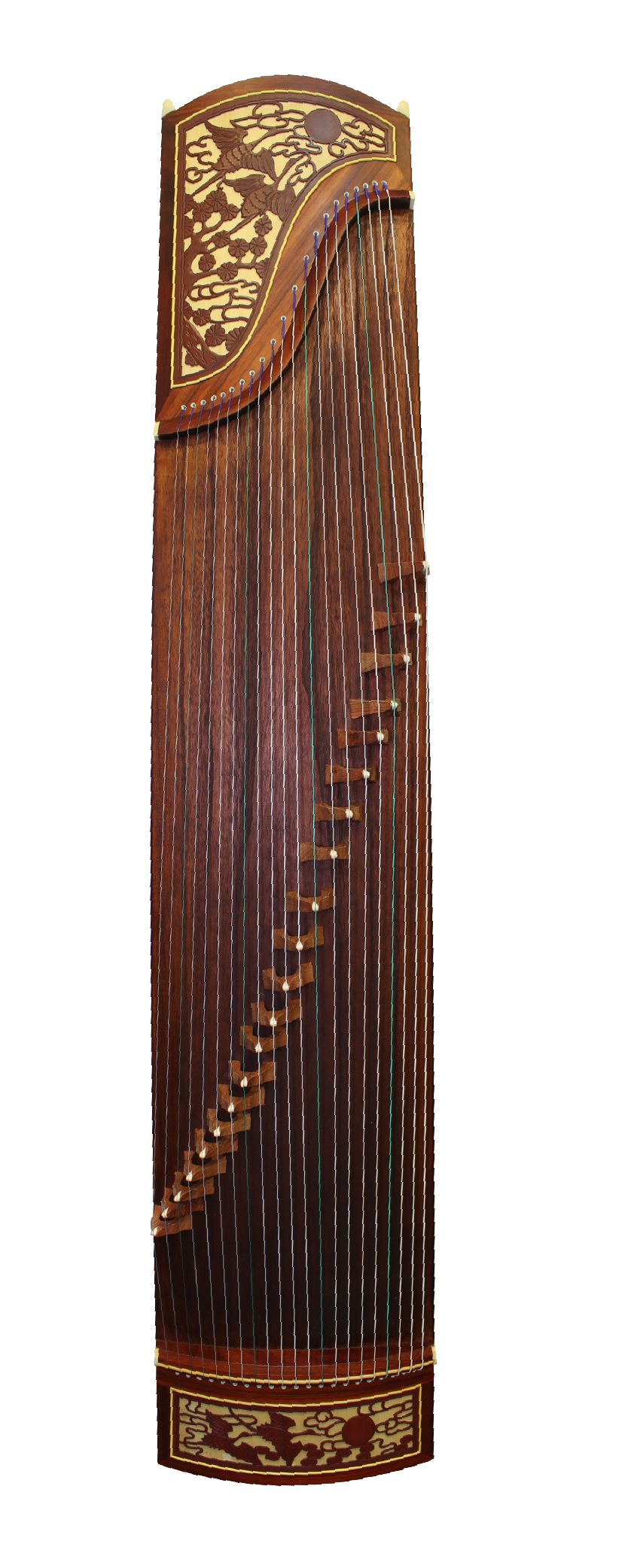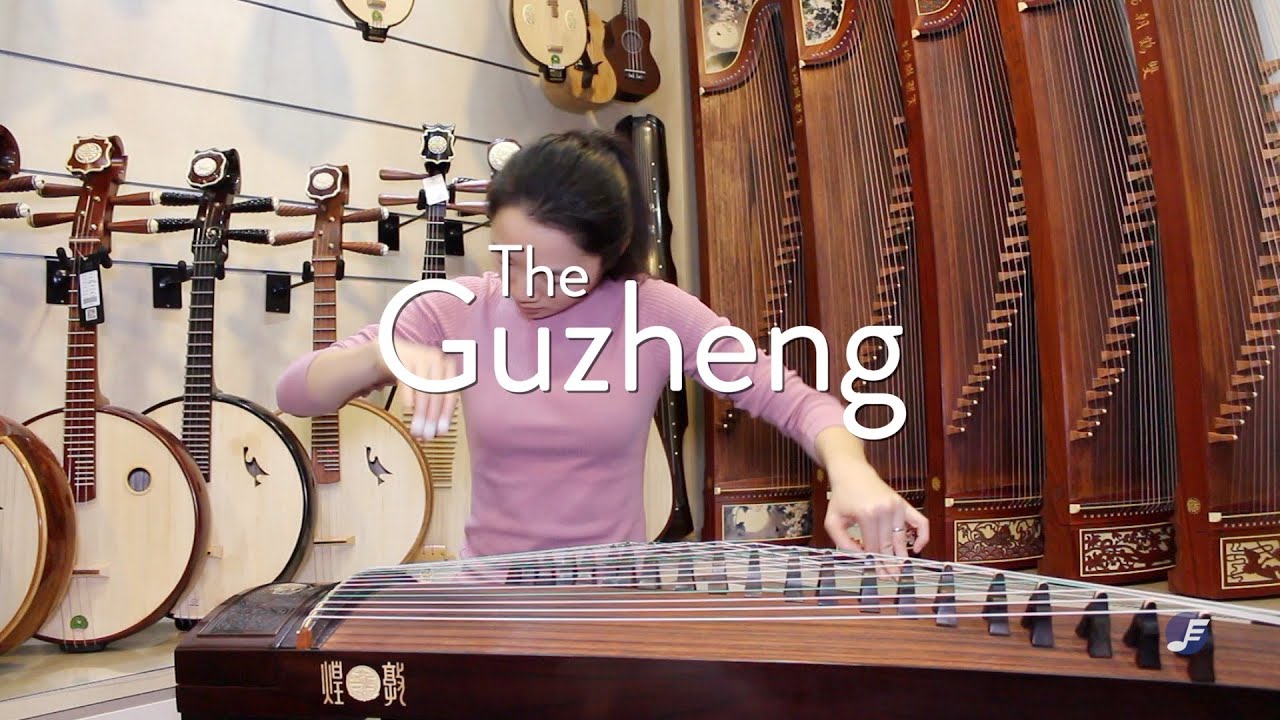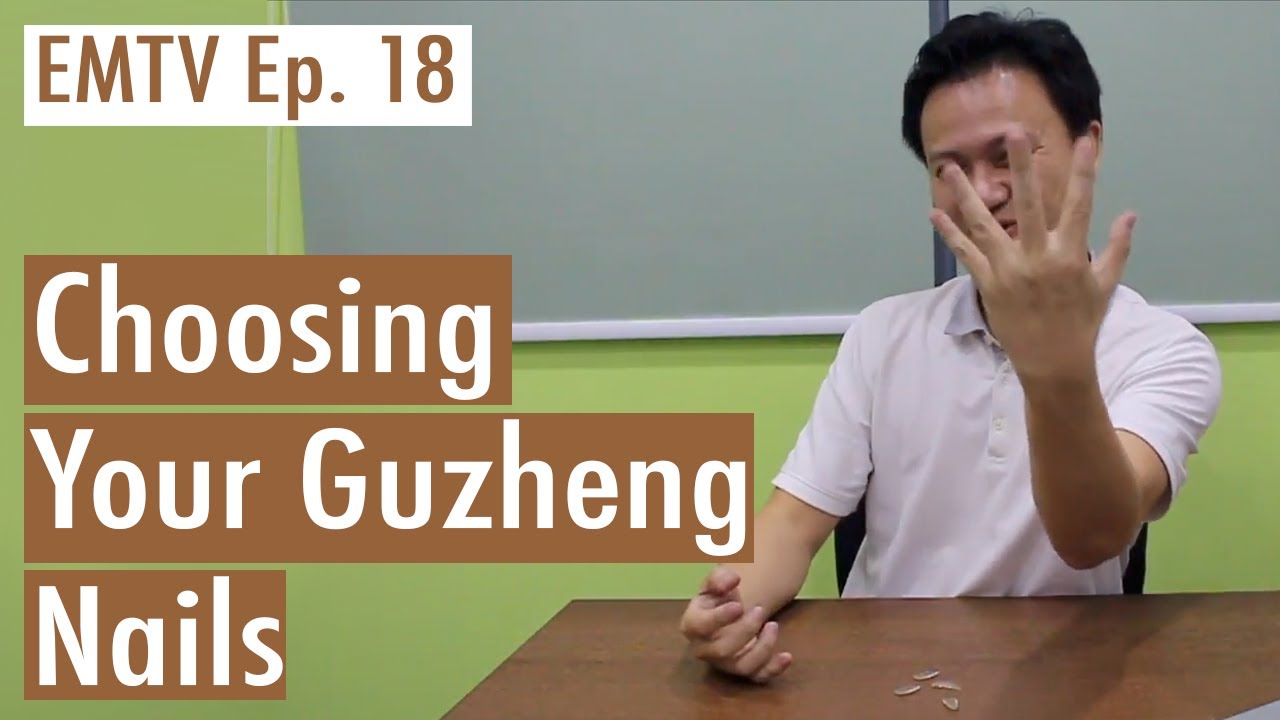
Guzheng - Chinese Plucked String Instrument
One of the most popular Chinese instruments known to people, the zheng is a generic term for a long, plucked string box zither. Not to be confused with the seven stringed guqin, the zheng is an ancient instrument that is now receiving immense popularity.
Han Dynasty historian Si Maqian, in Shi Ji · Lie Zhuan states that in the period before the Qin Dynasty (around 200 BC), the zheng was already a popular instrument that was typically used to accompany vocal music. In 1970, during the excavation of graves in the Jiangxi province that were dated to be as old as 500BC, two 13-stringed instruments that bore resemblance to the zheng were found. If proven to be one of the first zhengs to have existed, this information would provide a whole new perspective on the instrument’s history; it would mean that, even prior to the pre-Qin Dynasty, the zheng had already spread to the Southern States, possessing a history of thousands of years.
According to end-Warring Period scholar’s Han Yingshao and Eastern Han period scholar Xu Shen, the first zheng consisted of five strings, a zither-like body and was played by using one’s hands. During the Qin and Han dynasties, more strings were added, making the total number of them 12. During the Tang and Song dynasties, the instrument would then possess 13 strings; by the Ming and Qin dynasty, 14 to 16 strings.
As was the case for many ancient instruments, this Chinese zither was subsequently reformed; the revolutionized zheng uses the 16-string silk string zheng as a basis for development and adopts the characteristic features of other zhengs, increasing the number of strings used to 17, 19 and then finally 21 in the 1970s. Changes like these greatly increased the pitch range of the instrument, as well as improved volume range and contributed to the creation of hybridized folk tonal colours. The lower registers of the instrument possessed the tonal colour of the silk-stringed zheng, whereas the higher registers adopted the characteristic tonal colour of the steel-stringed zheng. This reformed zither is widely known as the guzheng.
Apart from its role in the Chinese orchestra or as an accompaniment to other instruments, the guzheng now possesses a large solo repertoire, on par with that of other traditional Chinese instruments.
CURIOUS HOW THE GUZHENG SOUNDS LIKE?
Useful Articles
Informative
Skills






